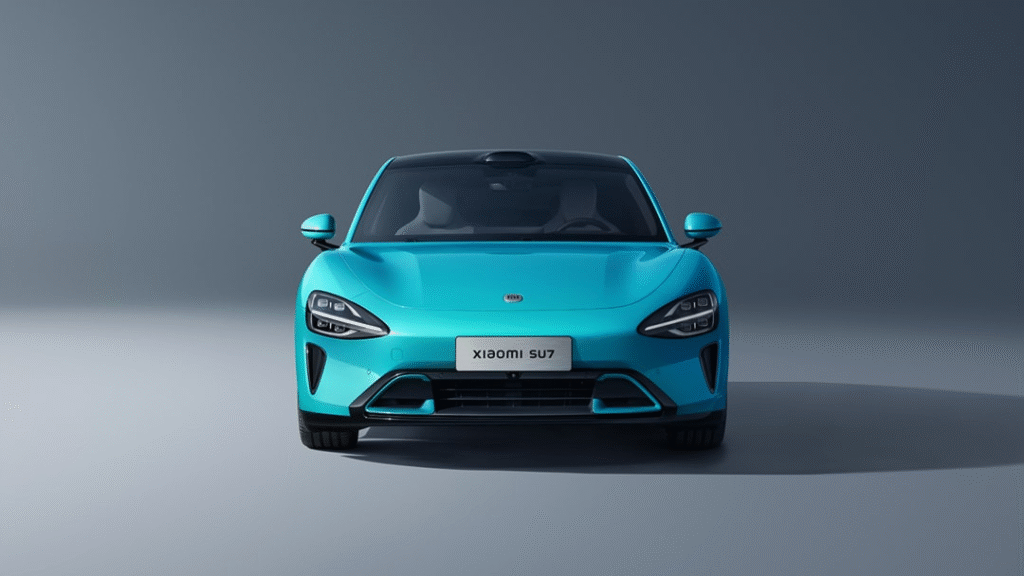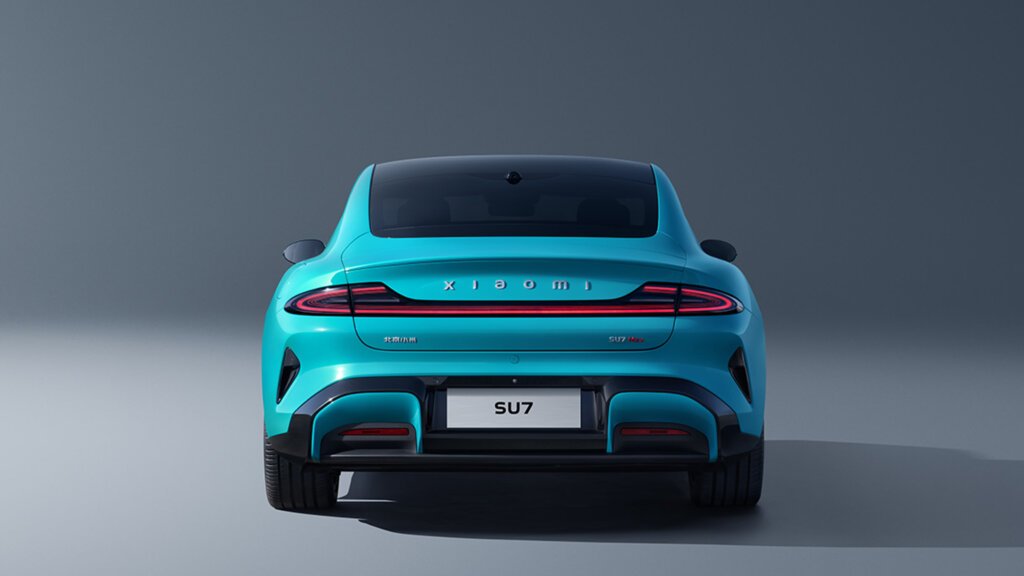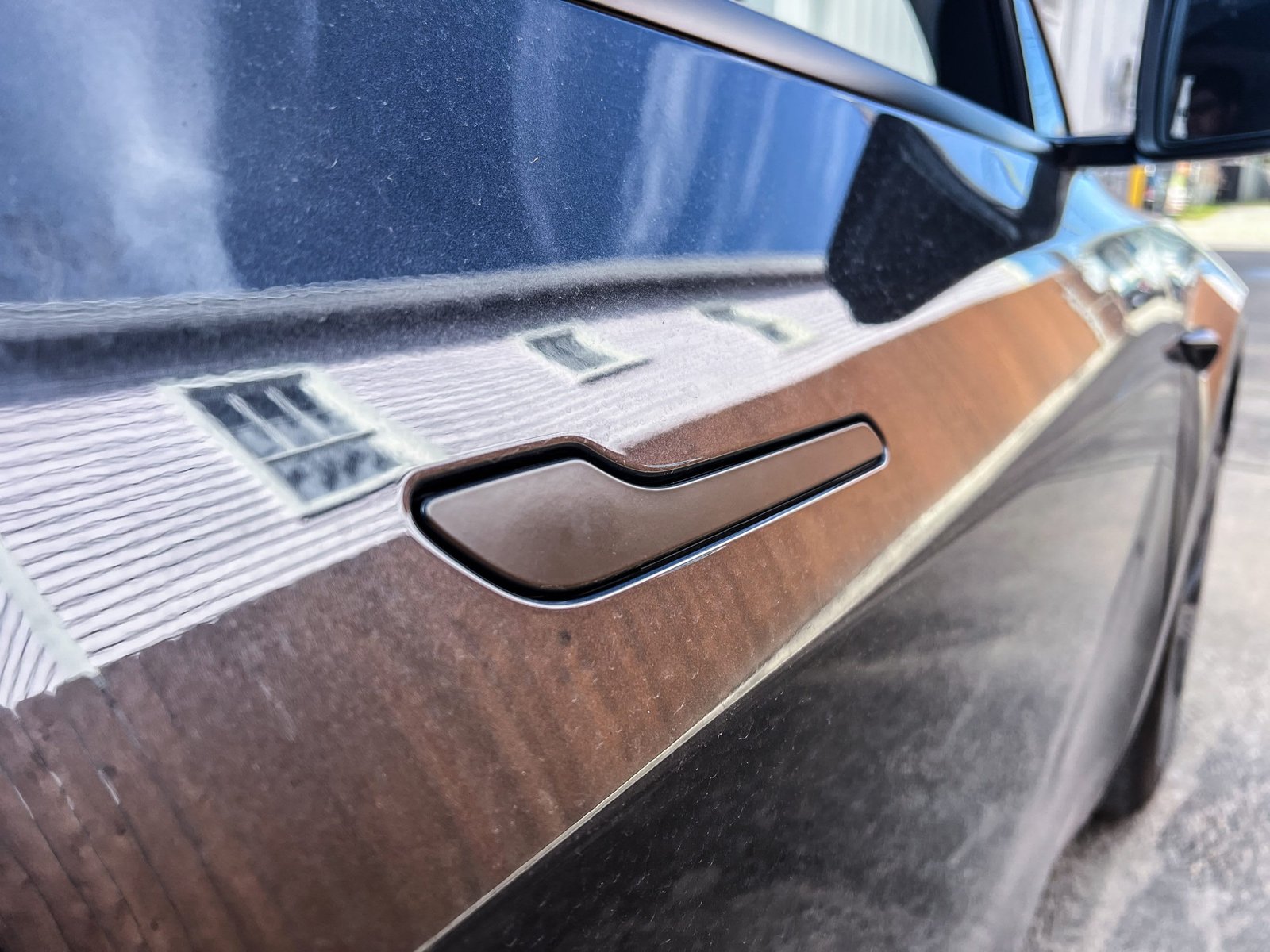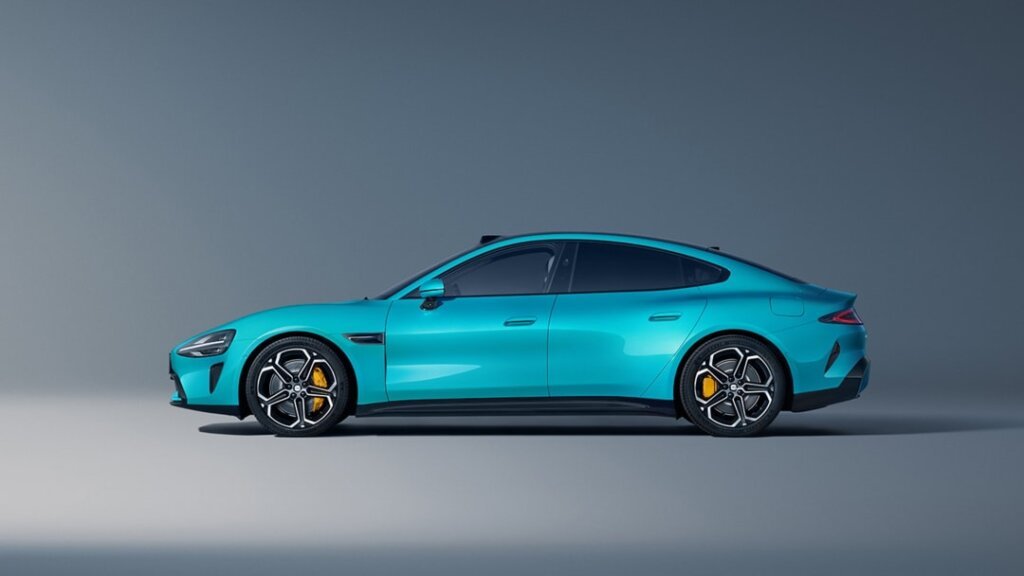Fatal Xiaomi SU7 Crash Exposes Deadly Electronic Door Lock Design Flaw, Mirrors Tesla’s Safety Scrutiny
A fatal crash involving a Xiaomi SU7 Ultra in Chengdu, China, has tragically highlighted a critical and potentially deadly flaw in modern electric vehicle (EV) design: the failure of electronic door locks during an accident. The incident, which saw the driver trapped inside a burning vehicle after a high-speed collision, caused Xiaomi shares to plummet over 5.7%, wiping out billions in market value. This tragedy exposes not only potential engineering shortcuts in Xiaomi’s rushed entry into automotive manufacturing but also parallels ongoing scrutiny of similar electronic door handle issues in Tesla vehicles, prompting wider industry concerns about prioritizing sleek aesthetics over reliable emergency access.


Electronic Door Locks: A Deadly Design Compromise
The Xiaomi SU7 Ultra crash underscores a disturbing trend where advanced design inadvertently compromises fundamental safety.
- Tragic Incident: A Xiaomi SU7 Ultra collided with a median barrier at high speed and immediately burst into flames. Bystanders were unable to rescue the trapped driver because the electronic door handle system malfunctioned post-impact, preventing the doors from opening. The driver tragically died in the inferno.
- Design Flaw: The SU7 Ultra features flush, electronically-controlled door handles that require electrical power to operate. In a crash where power is lost, this mechanism fails, transforming a simple mechanical latch into a complex electronic system with potentially fatal consequences.
- Aesthetic Priority: This incident highlights a trend where manufacturers prioritize “sleek aesthetics” and “over-engineering” of basic safety features at the expense of reliable emergency access.

Tesla Under Similar Scrutiny and Industry-Wide Implications
Xiaomi’s tragedy echoes similar safety concerns raised about another prominent EV manufacturer, Tesla.
- Tesla Investigations: Tesla is currently redesigning its door handles after federal regulators launched investigations into reports of electronic handles failing, trapping occupants (including children) inside vehicles. The NHTSA investigation identified at least nine complaints, with four cases where parents resorted to smashing windows for rescue.
- Admission of Risk: Tesla’s design chief has acknowledged these risks by announcing plans to combine electric and manual door releases into a single, more intuitive mechanism.
- Essential Safety Standard: Industry experts emphasize that proper EV fire safety protocols demand redundant mechanical door releases that can function without power. This basic safety standard, which Tesla is now being compelled to implement, was seemingly not prioritized by Xiaomi.
- Reputational and Regulatory Impact: Xiaomi now faces not only significant reputational damage but also potential regulatory action as global regulators intensify scrutiny on flush door handle failure risks.

Market Response and Broader Industry Concerns
The swift market reaction to the crash reflects growing apprehension about newer EV manufacturers’ engineering capabilities.
- Market Decline: Xiaomi’s shares suffered their steepest market decline since April, wiping out billions in market value as investors questioned the company’s rapid automotive entry and potential “engineering shortcuts.”
- Performance vs. Safety: While the SU7 garnered headlines for impressive performance specifications and competitive pricing, this fatal incident suggests these achievements might have come “at the expense of fundamental safety features.”
- Over-Engineering Risk: The electronic door lock malfunction is a prime example of “over-engineering” creating “unnecessary risk in life-or-death situations.”
- Experience Gap: The incident serves as a stark reminder that robust automotive engineering requires “decades of safety-focused expertise” that some newer manufacturers might struggle to replicate within aggressive timelines and by prioritizing “flashy specifications” alone.
This tragedy calls for a critical re-evaluation of EV design philosophies across the industry, ensuring that safety and emergency access are never compromised for aesthetic or technological novelty.
Also Read – Victoris vs Nexon ADAS – Safety vs Tech, Which SUV Wins in 2025?




Pingback: 1995 Mercedes-Benz SL72 AMG With Pagani V12 Up For Auction, Bidding Hits $280,000 - Mechhelp